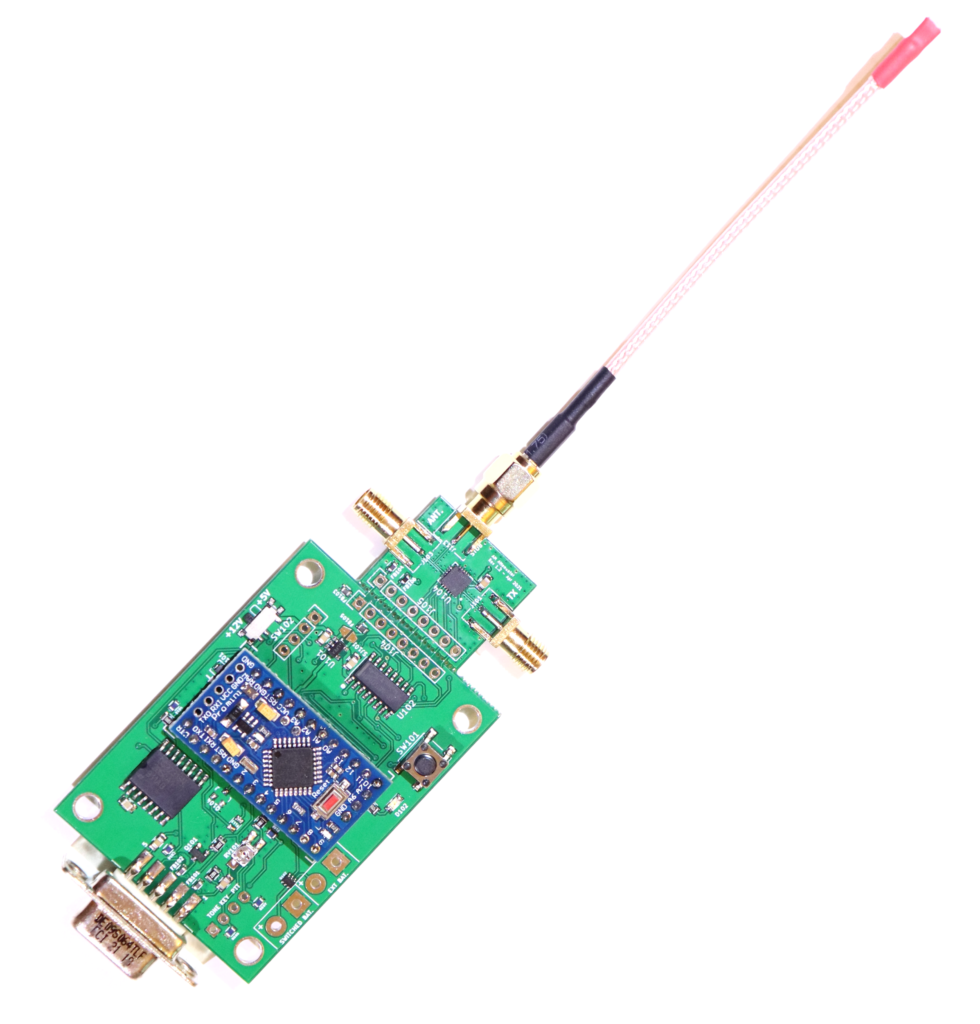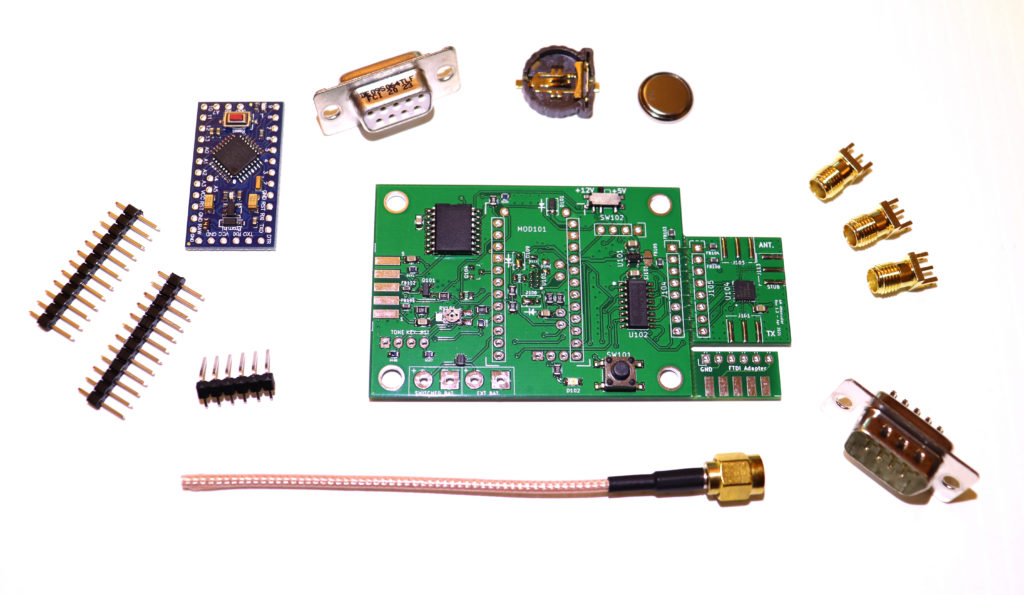The Kickstarter campaign for Arducon has been mothballed for now. It might be revived at some point if we hear from enough supporters. If you would be interested in purchasing an Arducon, please get in touch with us!
Support the Arducon Kickstarter campaign to receive a kit as a reward. Visit: https://www.kickstarter.com/projects/openardf/arducon-an-ardf-transmitter-controller

Arducon is an Arduino-based ARDF transmitter controller for conducting Radio Direction-Finding practices and competitions. Available only in kit form.
Kit includes:
- PCB fully populated with SMD components
- All hand-solderable parts
- Pre-programmed Arduino Pro Mini
More Information
Arducon will have a final board spin for the Kickstarter build. The additional spin will allow for minor improvements to be made to the design that supporters will receive. The main improvement currently planned involves a small feature that isn’t discussed in the User Manual (yet) that might be quite useful to some folks. The feature: External Power Control.
External Power Control
Arducon has hardware support for controlling the power going to an external device. With appropriate software support, this allows Arducon to turn on (and shut down) power to an attached handy-talky for instance. It can be used to control the power going to any device that does not exceed the voltage and current specifications of the solid-state switch used for External Power Control.
In the original design, External Power Control could handle up to 200 mA of current at 12V. But the switch device used in the original design has been discontinued. So the plan is to increase Arducon’s power-handling capabilities in the next board spin, up to at least 1 amp at 12V, possibly higher. (Please contact me if you have specific needs for current or voltage handling capability.) Note: this upgrade to the design will not significantly affect the BOM cost, so there is no impact to the price of Arducon.
With the beefier power control circuit Arducon will be capable of directly controlling the power of more types of external devices. For example: with appropriate external wiring, Arducon might control a 5-watt 80m transmitter, causing the transmitter to be powered up only during the time of the event. Or, it could be used to turn on a cooling fan to the beacon transmitter (which transmits continuously) whenever the ambient temperature exceeds a certain threshold. But note: there is only one External Power Control line, so Arducon can be used to independently control only one device: the transmitter or the fan, but not both.
Another limitation of External Power Control is that if it is used to control power to the external transceiver (e.g., handy-talky) that is used to provide remote control via DTMF, then remote control will be disabled while Arducon has the HT’s power turned off. In this scenario, Arducon can still start an event (and stop it) at the appropriate times using its real-time clock.
When Arducon’s External Power Control is used to control power to an external transmitter (e.g., an 80m fox), and a dedicated receiver (e.g., handy-talk) is used to provide remote control via DTMF, then remote control will remain enabled even if Arducon has the transmitter’s power turned off. In this scenario, Arducon can start fox transmissions (and stop them) using either its real-time clock or by remote control, provided that the dedicated receiver remains powered up.
Keep in mind that, with the appropriate external circuitry added, Arducon can control any external device. For example: the External Power Control could be used to energize a relay that switches 220 VAC. Or, Arducon could be used to control the antenna detection of an OK2BWN “CONTEST 2012” ARDF transmitter – allowing Arducon to enable and disable it by remote control or under real-time clock scheduling.

